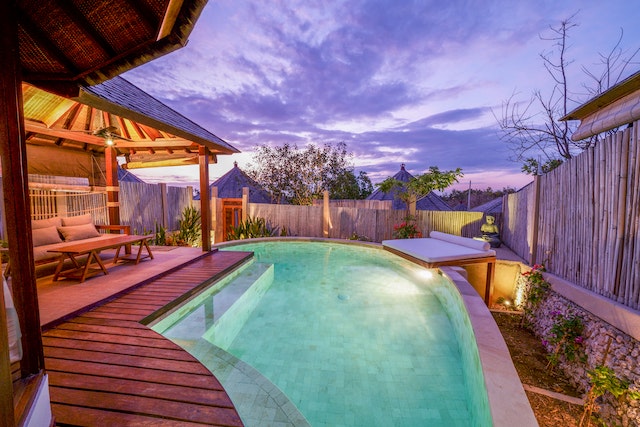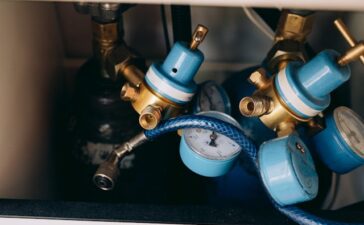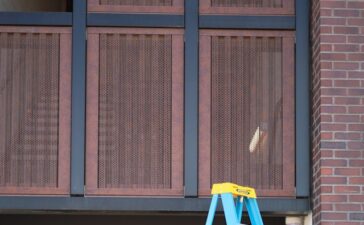Summer days in Mentone are best spent swimming around with friends and relatives. But before you start, you really cannot ignore a crucial chore: pool water testing. Maintaining the cleanliness and safety of your pool water is not just a responsibility; it also directly affects the health of people who use it. Whether you know nothing about aquatic life or are a seasoned pool owner, knowing how to properly test your water can help you to make your swim experience fun and free from stress.
Let’s examine closely the reasons behind regular testing, the several approaches accessible, the particular elements you should keep an eye on, and the frequency of these checks. Having this guidance at hand will help you to quickly become a master in preserving perfect pool conditions!
Why is testing pool water so crucial?
Maintaining a safe swimming environment depends on pool water testing in mentone. Your pool may be contaminated with toxins that could infect swimmers. Testing helps find dangerous bacteria and viruses that can ruin your vacation.
Preventing equipment damage also depends much on chemical balancing. Unchecked pH levels may cause pumps and filters to corrode, costing you money on repairs. Correct testing guarantees these essential parts extendable lifespan.
Clear water also improves the general visual appeal of your garden paradise. Cloudy or discoloured water can discourage visitors from dipping in. Regular inspections help your pool to seem appealing and new.
It gives you responsibility as the pool owner. Maintaining knowledge of your water quality helps one to develop confidence so that everyone may enjoy those beautiful Mentone afternoons free from concern!

Several Techniques of Pool Water Testing
Regarding pool water testing, there are numerous practical techniques at hand. Every approach has benefits and fits various purposes.
Pool owners like test strips quite a bit. They are quick and handy. Just dip the strip into your water sample, wait a few seconds, then match the colors on the strip to those on the bottle.
More exact results come from liquid test kits. These are in a test vial combining particular reagents with a water sample. The ensuing hue change suggests pool chemical levels.
Modern options for exact readings are provided by digital testers. Just dip the probe into the water, then let the gadget work its magic showing results on an LCD screen.
If you want thorough understanding or have complicated problems with your pool chemistry, you can pay professional services for in-depth study. Every choice guarantees that one may keep safe swimming conditions within reach.

Test for what in your pool water?
Examining your pool water calls for looking at numerous important criteria. These elements guarantee a good and fun swimming experience.
First, check the pH values. Swimmer comfort and chlorine efficacy depend on keeping this between 7.2 and 7.8.
Chlorine concentration comes next. Perfect levels run between 1 and 3 parts per million (ppm). This keeps dangerous bacteria at distance and helps stop algae development.
Remember alkalinity as well! Preserving total alkalinity between 80 and 120 ppm helps to control pH swings.
Water balance also has a bearing on calcium hardness. To save your pool surfaces, aim for levels between 200 and 400 ppm.
Should you utilize stabilized chlorine products, test for cyanuric acid. Levels should be between 30 and 50 ppm since they preserve chlorine’s efficacy against pathogens and shield it from UV destruction.





